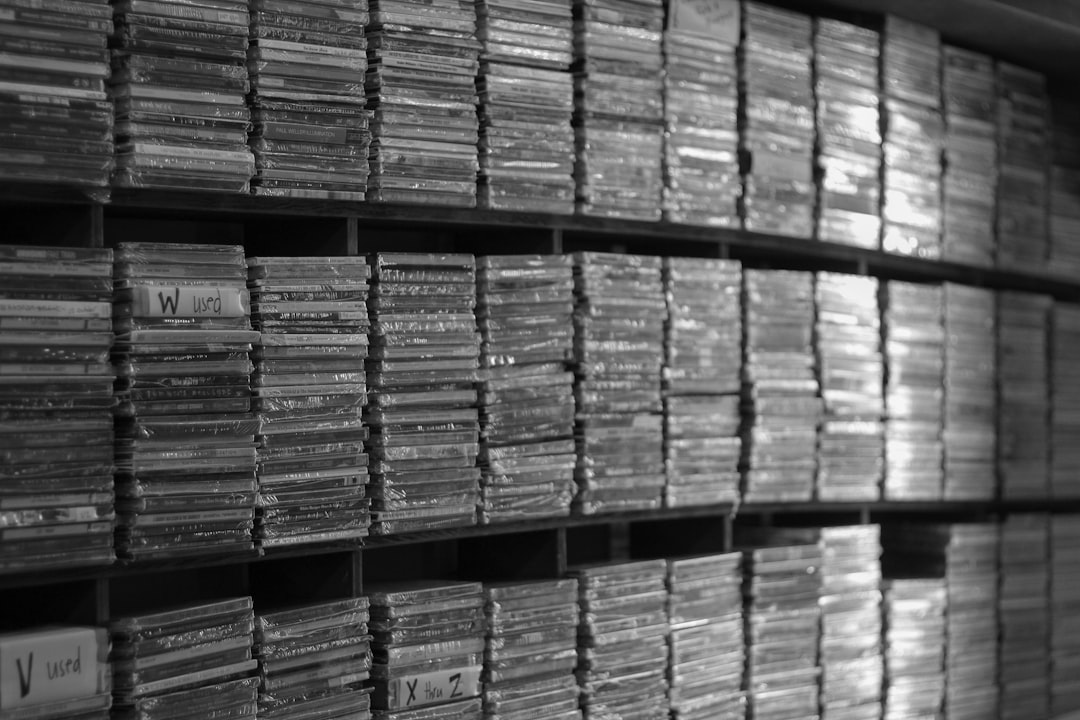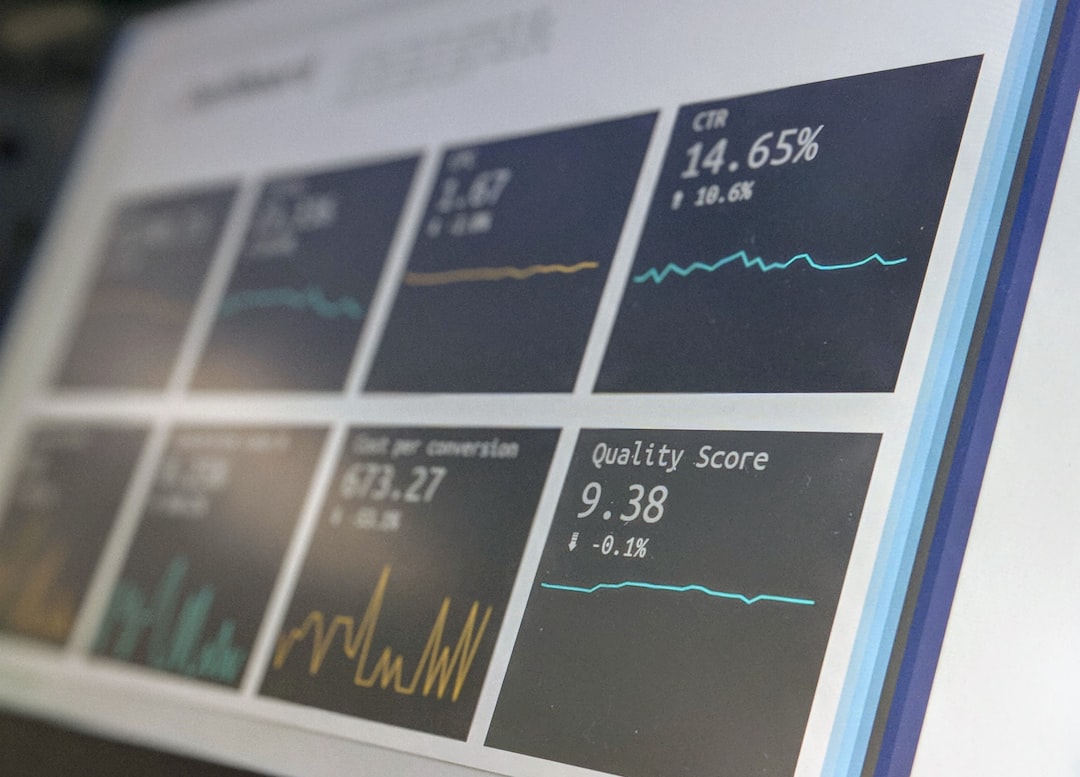Do you love music? Do you track every song you listen to? If yes, you’re probably a data enthusiast. You’re not alone! Music lovers around the world want to know everything they’ve played over the years. But getting that info used to be really hard—especially on Spotify.
But finally, Spotify offered something amazing. It’s called Extended Streaming History. It lets you see all your listening history since you joined. That’s right—ALL of it. Not just for this week. Not just last month. We’re talking about years of data!
So here’s the big question: How long did it take for Spotify to give us this feature?
The Wait That Felt Like Forever
Spotify has been around since 2008. In the early days, it didn’t share much about your listening habits. Sure, you could see your “Recently Played.” And once a year, there was Spotify Wrapped. But what if you wanted to look at your listening trends from three years ago? Nope. Not possible. The data was hidden.
Many users begged for more. Especially developers and number nerds. People wanted to build charts, graphs, and timelines.
Spotify offered an API, yes. But it was limited. You could only fetch:
- Your top tracks over the last 4 weeks
- A snapshot of your top songs of all time (but not everything)
<liTop songs over the last 6 months
That wasn’t enough. We wanted the full story!
A Crazy Data Request Workaround
So how did people finally get that full history?
Well, Spotify introduced something else called the Spotify Privacy Data Request. It sounds techy, but it’s pretty cool. Every Spotify user (yes, even you!) could fill out a small form and get a complete archive of their account data.
That includes account info, login times, and—you guessed it—Extended Streaming History. But here’s the kicker:
- It wasn’t instant
- You had to wait up to 30 days
- It came in JSON files (not very fun unless you’re a coder)
Still, this gave people what they wanted. It officially launched around mid-2018. That’s ten years after Spotify’s launch!

Why It Took So Long
Why didn’t Spotify let us see our full history earlier?
There are a few reasons:
- Privacy concerns: They needed to follow strict rules (like GDPR in Europe).
- Data storage: Collecting years of music logs takes a lot of digital space.
- User demand: Early on, it seemed like only techy people wanted it.
But eventually, Spotify listened. And Extended Streaming History became a thing—slowly but surely.
What You Get in the Extended History
When you download your history, you get files with all kinds of details. Each line tells you:
- Which song you played
- What time it played (down to the second!)
- If you skipped, shuffled, or replayed it
- Whether it was played via a playlist, or manually chosen
It’s a data playground! Apps and developers can use this to make:
- Pretty graphs
- Listening heatmaps across the year
- Custom Spotify Wrapped tools

In Summary: A Long Time Coming
So how long did it take? From 2008 to 2018—that’s 10 whole years. But for data fans, it was totally worth the wait.
Now, Spotify users can truly own their data. Whether you’re curious about how many times you played that one embarrassing song, or you want to build your own music timeline, the tools are finally here.
So if you haven’t grabbed your streaming history yet, maybe it’s time. Just remember—it took a decade to get here. Don’t let that data go to waste!



